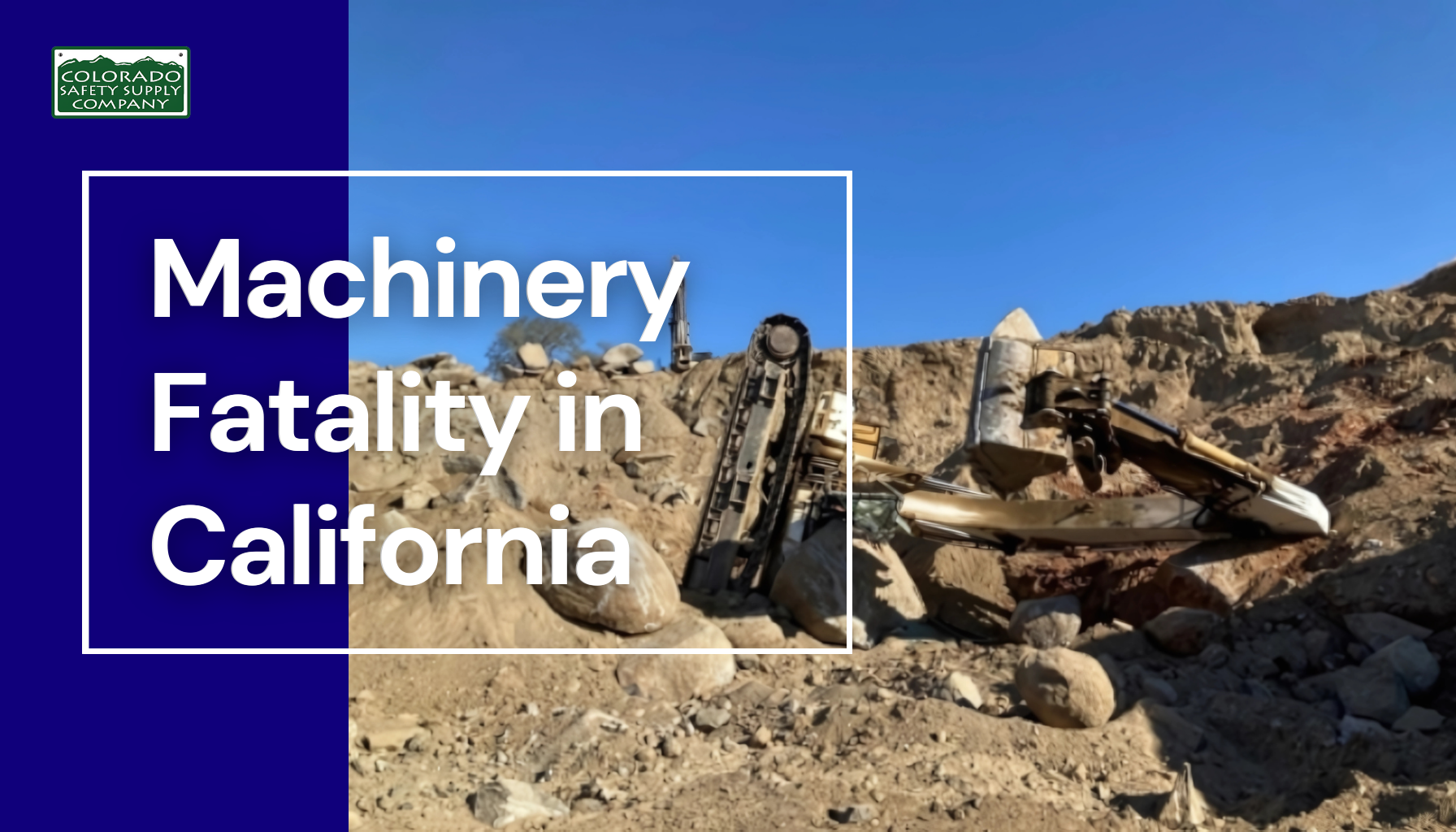On July 29, 2025, the mining industry was shaken by a fatal accident at a surface granite operation in Clovis, California, where a contractor was killed when the excavator he was tramming toppled forward, causing the cab to land on a boulder. This was the 18th fatality reported by MSHA in 2025 and specifically classified as a machinery-related incident.
Machinery accidents like this serve as a harsh reminder: even routine operations such as maneuvering heavy equipment can quickly turn fatal if preventive controls are not firmly in place.
MSHA’s Key Safety Recommendations for This Incident
To reduce the risk of similar accidents, MSHA highlights several essential practices:
-
Maintain the boom in the direction of travel when tramming.
-
Keep control of self-propelled mobile equipment while in motion.
-
Operate excavators perpendicular to slope gradients whenever possible.
-
Provide task-specific training on safe equipment operation and hazard recognition.
-
Conduct thorough workplace examinations of equipment paths and terrain before beginning work.
These guidelines are crucial for ensuring operator safety and stability during machine movement.
Proactive Steps for Industry Leaders
-
Reinforce operator training with simulations and retraining on navigation across uneven terrain.
-
Update standard procedures to mandate pre-operation walk-arounds, slope assessments, and safe boom positioning.
-
Use site-specific planning ensuring operators are aware of all potential hazards such as boulders, unexpected dips, or loose ground.
-
Promote a safety-first mindset where crews feel empowered to pause or reroute operations if conditions seem unsafe.
Why It Matters
This loss is a sober reminder that complacency with heavy machinery can have irreversible consequences. Preventing such incidents requires both strict adherence to guidelines and a strong safety culture that values vigilance over speed.
By taking these lessons to heart, reinforcing training, rigorously evaluating worksites, and empowering workers, we do more than improve safety performance. We protect lives.















